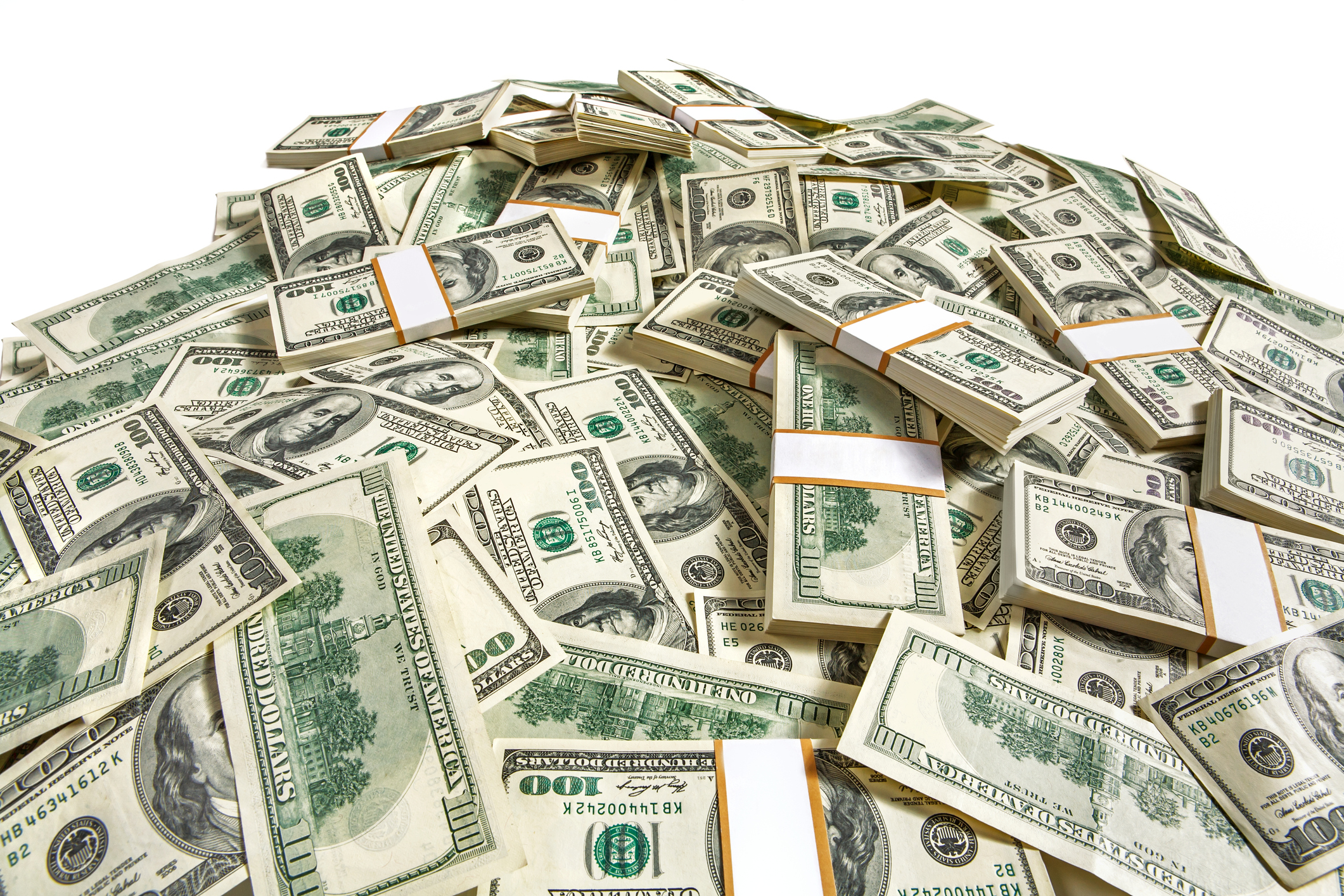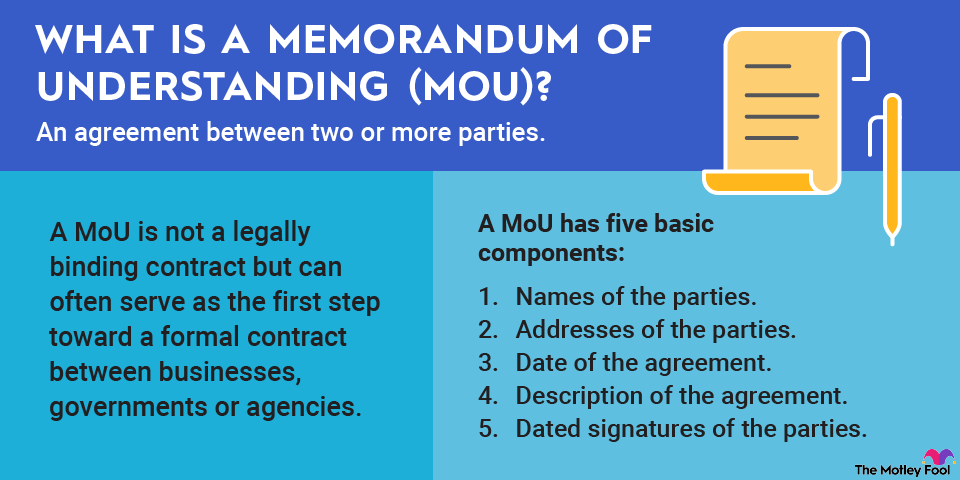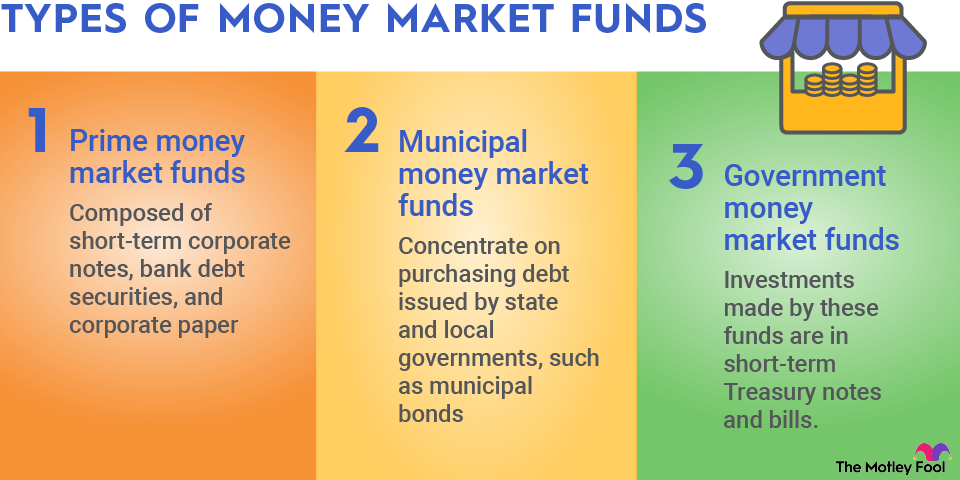Because monopolistic competition encourages competition among a large number of businesses with low barriers to entry, it may be the best market structure for both businesses and consumers. For companies, it provides the opportunity to compete and succeed by adequately differentiating themselves from their competitors. For consumers, it provides a wide range of options and prices that are generally competitive due to the large number of operators and businesses offering similar products.
What other kinds of market structure are there?
There are four major kinds of market structure. In addition to monopolistic competition, there are perfect competition, oligopoly, and monopoly.
Most industries are either monopolistic competitions or oligopolies; there are fewer examples of perfect competition and monopoly.
In a perfect competition, products are identical, there are no barriers to entry, and buyers have perfect information, meaning prices are set by the market rather than companies. The best examples of perfect competition are some commodity markets for things like agricultural products and raw materials.
Oligopoly is defined by a handful of large competitors. Because there are fewer competitors, barriers to entry tend to be high and there is less price competition. One example of an oligopoly market is the media. There are a few big media companies that dominate the market for television and video entertainment, including Netflix (NFLX -1.72%), Disney (DIS -0.46%), and Warner Bros. Discovery (WBD -0.78%). These are large companies, and you would need a lot of capital to compete with them. Airlines are another example of an oligopoly.
Finally, in a monopoly, one company has dominant market share, allowing it to create large barriers to entry and earn wide profit margins. One example of a monopoly is Alphabet’s (GOOG +0.82%)(GOOGL +0.88%) Google Search, which has more than 90% market share in many of its markets, which has made it one of the most profitable businesses in the world.


















